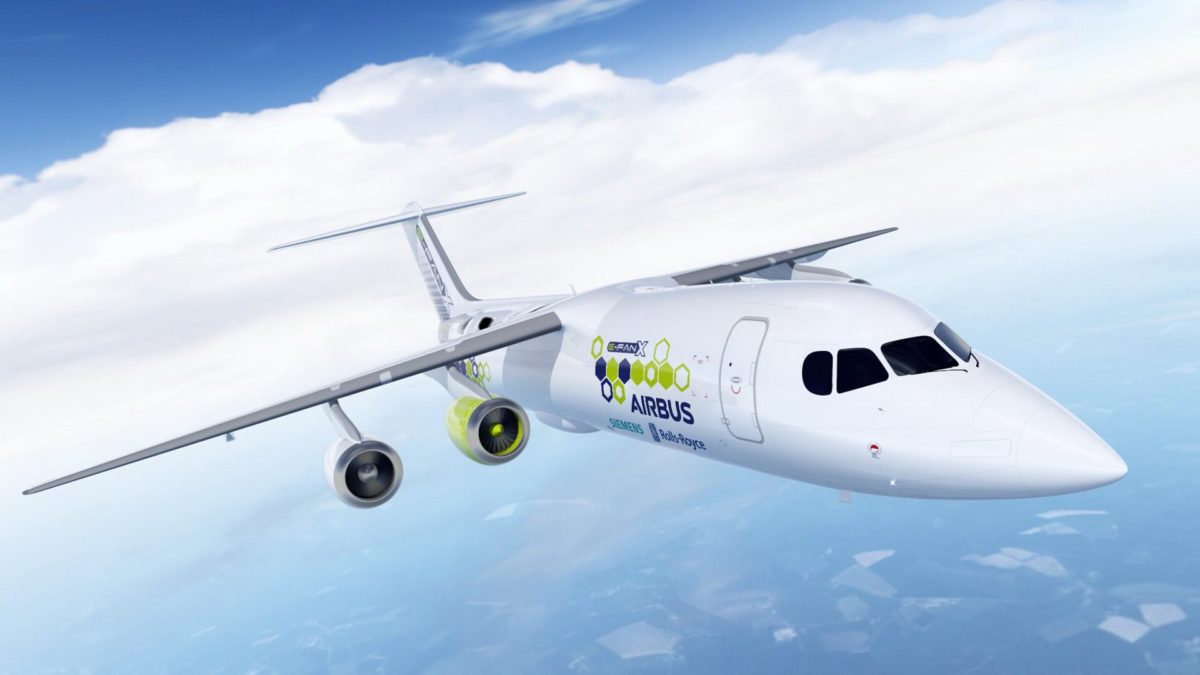Rolls-Royce is set to acquire Siemens’ eAircraft business to boost its aircraft electrification capabilities and strategy, in a deal that will be completed late 2019.
The move is important to Rolls-Royce as it believes electrification – promising cleaner and quieter flying – is the next great technological shift in aviation, says Rolls-Royce Electrical’s director Rob Watson. Having eAircraft’s 180 designers and engineers is necessary to grow Rolls-Royce’s scale and expertise, he adds.
The engineering giant has already been working with the eAircraft team, as they are part of a team, along with Airbus, that is developing a hybrid electric aircraft demonstrator, based on the BAe 146 platform, with first flight planned for 2020.
“To support the rising demand for air travel, while achieving CO 2 targets, the aviation industry is developing increasingly environmentally friendly technologies and practices,” says Rolls-Royce’s chief technology officer Paul Stein.
“The electrification of flight is just one part of Rolls-Royce’s commitment to making aviation more sustainable: we are continuing to increase the fuel efficiency of our gas turbines; encouraging the development of environmentally friendly and sustainable aviation fuels; and pursuing the electrification of aviation,” he adds.
Rolls-Royce’s electric aircraft projects also include a hybrid vertical take-off and landing (VTOL) concept it unveiled at last year’s Farnborough Airshow. It says it is currently developing an all-electric demonstrator aircraft, based on the Sharp Nemesis NXT platform, that will attempt to break the world speed record for all-electric flight.
Other electric aircraft projects unveiled recently at the Paris Airshow are Daher-Airbus-Safran’s hybrid demonstrator, EcoPulse; United Technologies’ regional turboprop programme, Project 804; and Israeli startup Eviation’s all-electric nine-seat prototype, Alice.
Siemens said recently that hybrid aircraft are currently limited most by battery weight and electrical system architecture technology.

